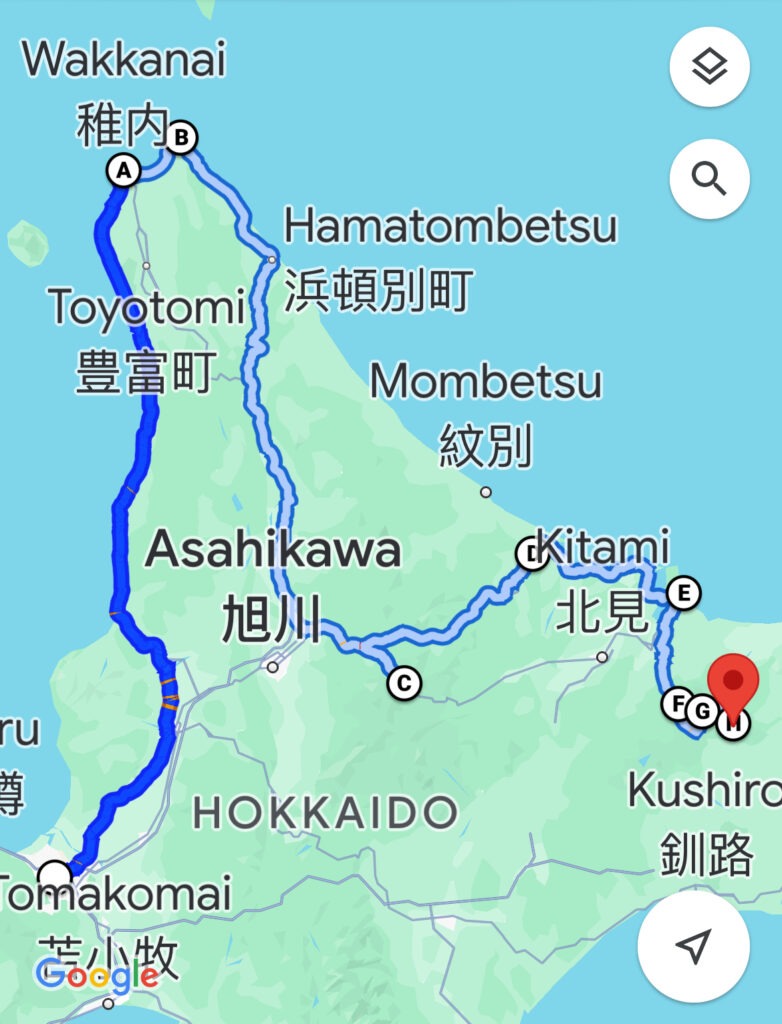
Come to Hokkaido and in the eyes of the Japanese it’s a bit like exploring the Wild West – some remote, forbidden frontier where most people just don’t go. Head to the very northern tip of Hokkaido and you are really living life on the edge – quite literally. Wakkanai is that kind of place – a long, often rather desolate, but then at times scenic excursion more or less directly north of Sapporo.
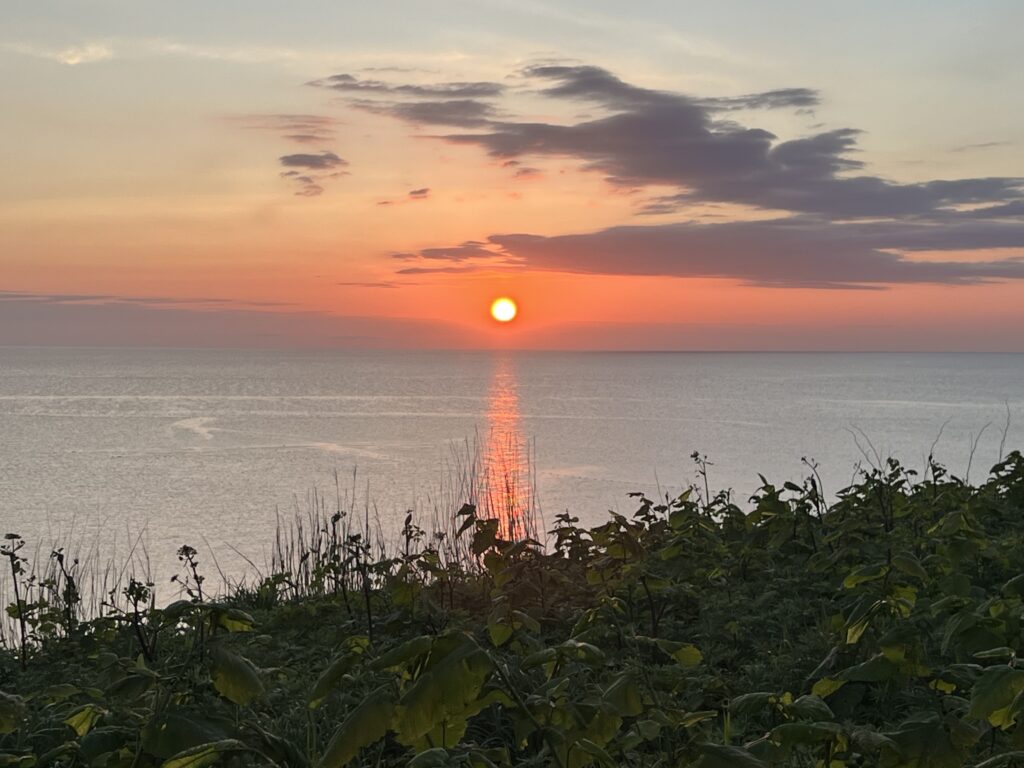
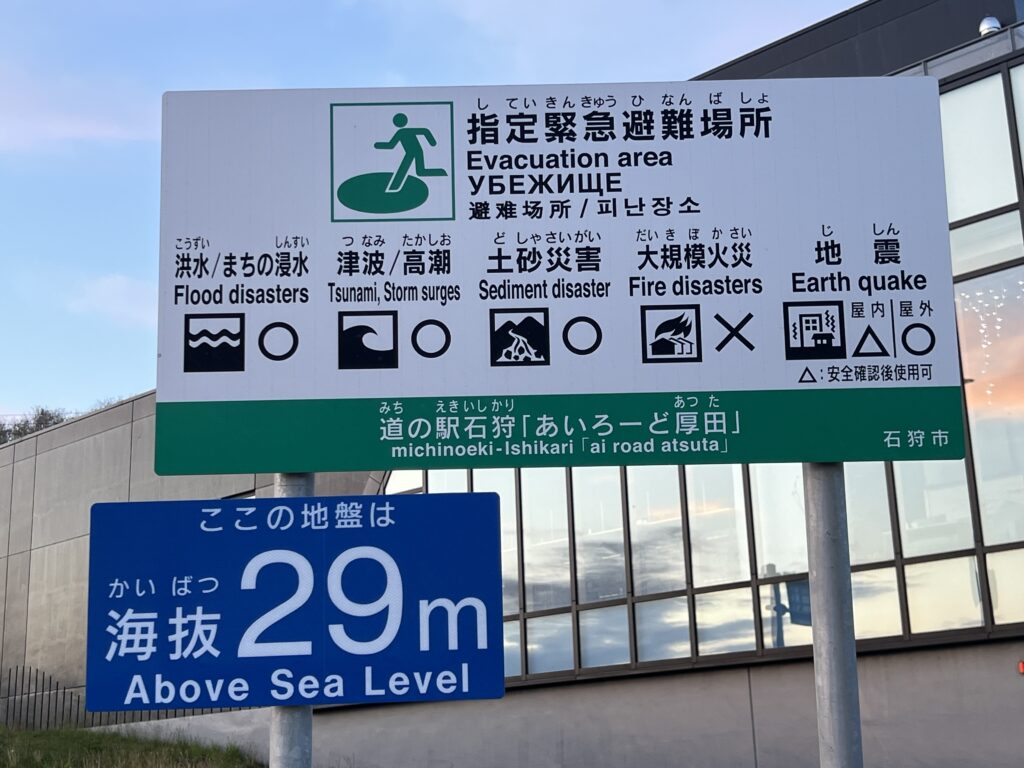
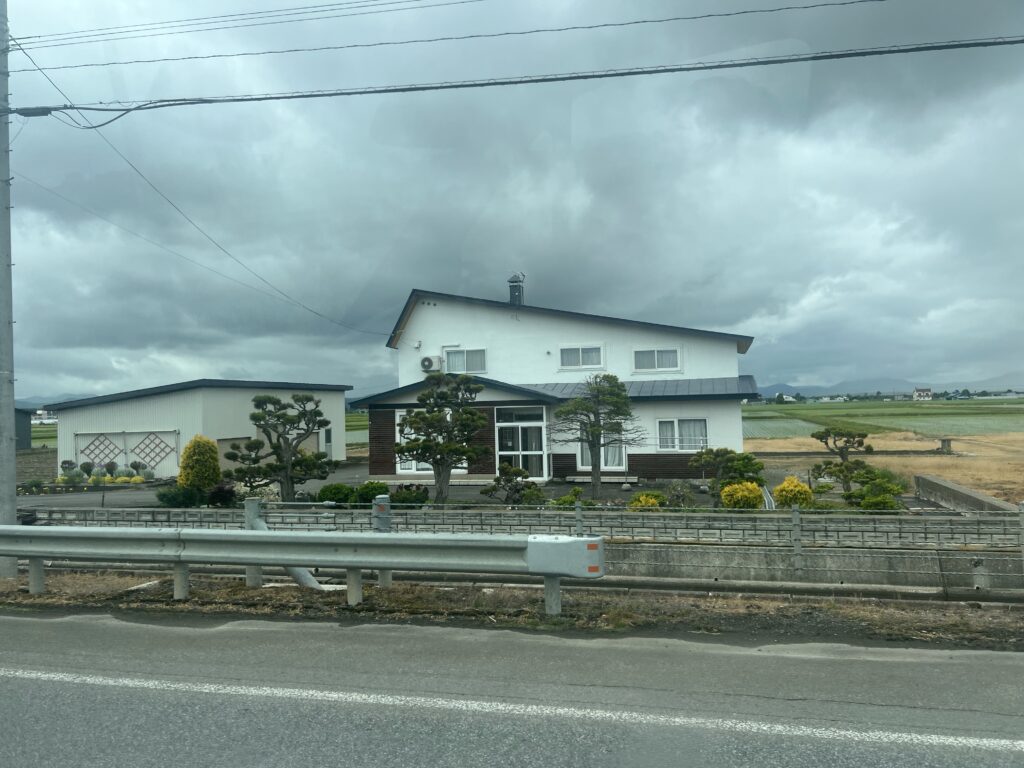
We drove this ( almost entirely ) coastal route over a couple of days stopping along the way to take in any local attractions- most notably a wonderful little ( and very old ) sake distillery in the town of Mashike. Been around for well over a hundred years and was full of history. Lots of learning on sake – we knew it was a kind of rice-wine but did not know that it is distilled from only a very distinct kind of rice ( not the same as the stuff we eat ). Sadly, Japan’s “absolute zero %” blood alcohol rules meant I could not taste any ( Lois stepped in and did the honors ), having to accept instead a cup of their delicious sake- flavoured ice cream. Who’d have thought that would taste good ?
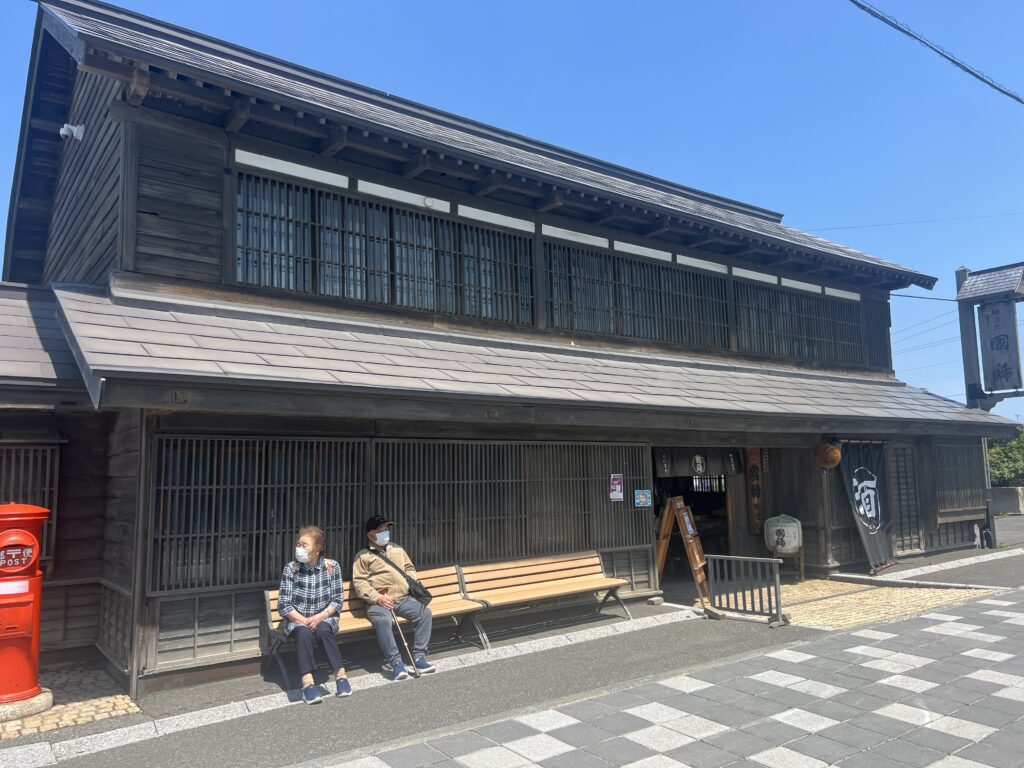
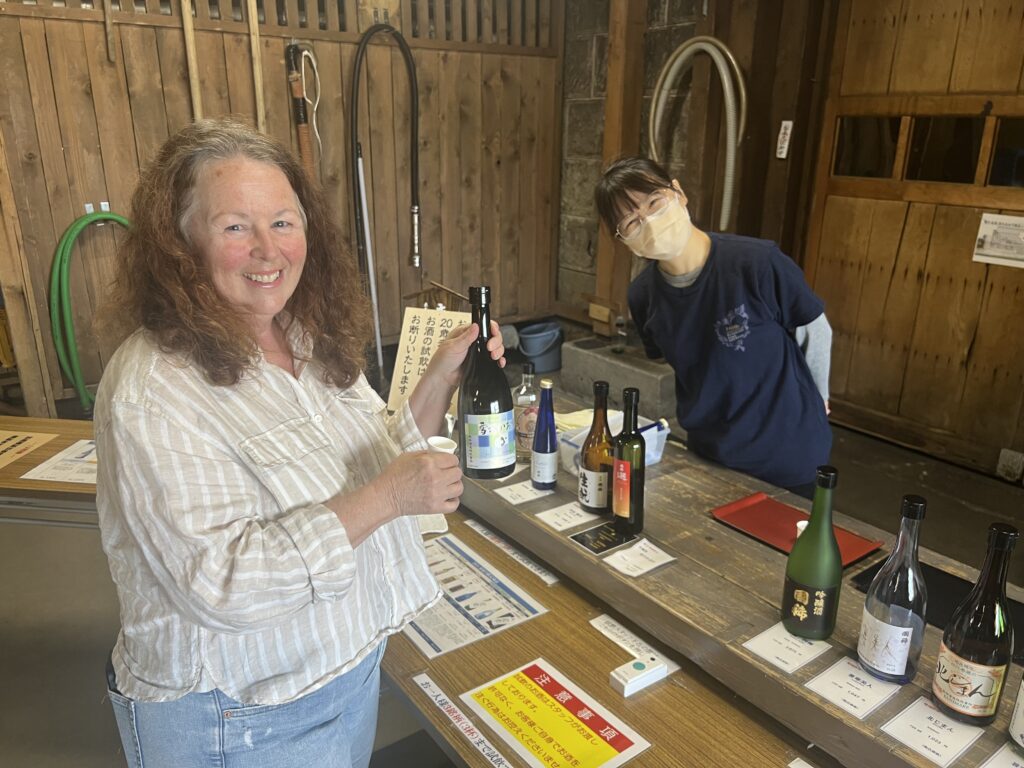
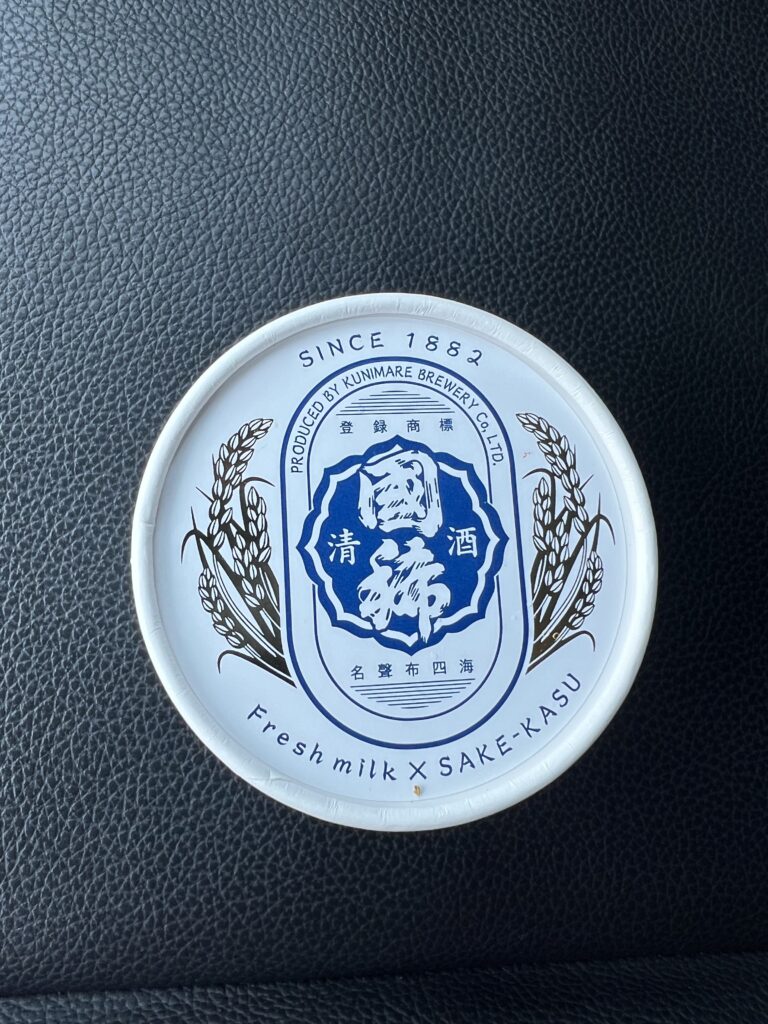
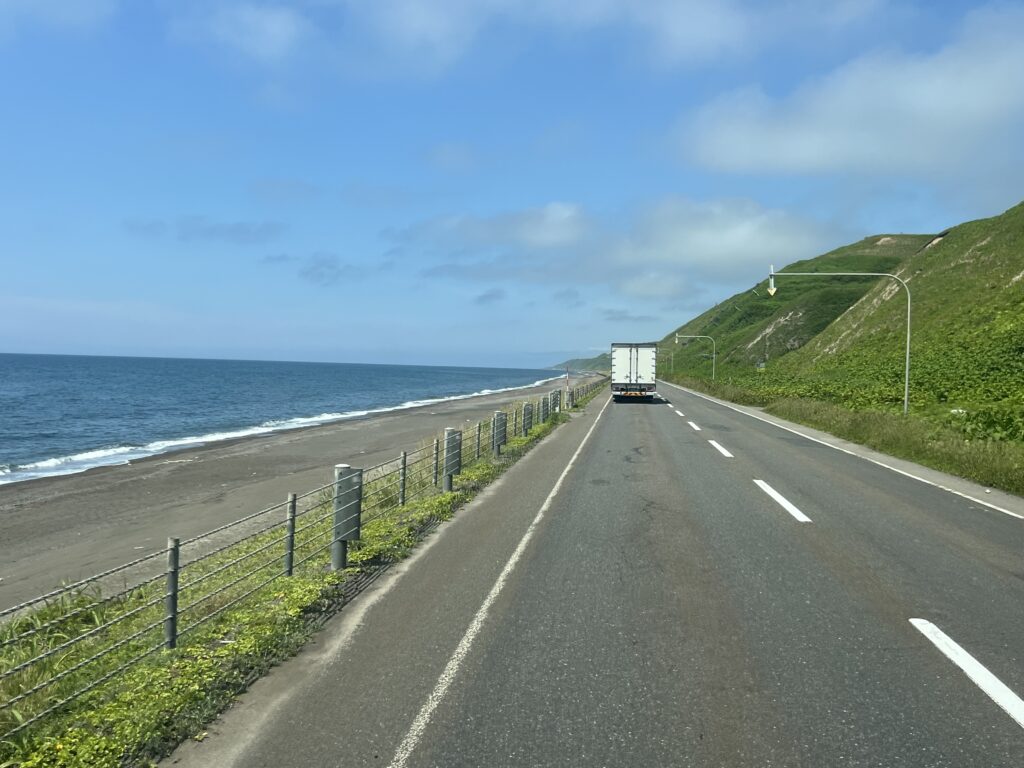
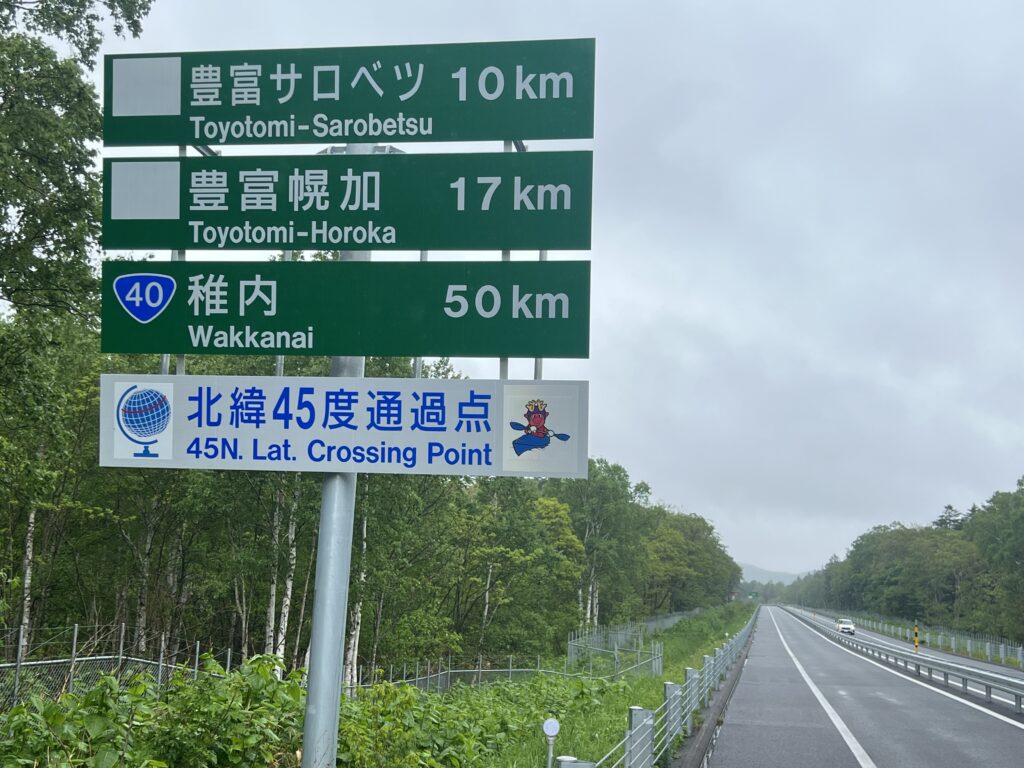
Approaching Wakkanai, we noticed something we had not seen anywhere else in Hokkaido – Russian language signs. Street names, town names, distance signs, they were everywhere. We know that in this corner of Japan anyway Russia is just a stone’s throw away but it’s not like there’s a lot of travel/commerce (nor probably much friendship ! ) between the two countries in this area. We could only think this was a historical vestige of the time ( 1905-1945 ) when Japan possessed the southern half of Sakhalin island ( at its nearest point, just 25kms away. Japan took it from Russia ( spoils of war from their successful 1904-1905 conflict with Russia ) and then the Russians ( somewhat understandably ) took it back at the end of WW2. There’s a fascinating museum in Wakkanai that details Japan’s experience in Sakhalin, well worthwhile for any avid history buffs. While nearby Sakhalin is no longer disputed, there are 4 islands in North Eastern Hokkaido that are disputed – but more on that next week.
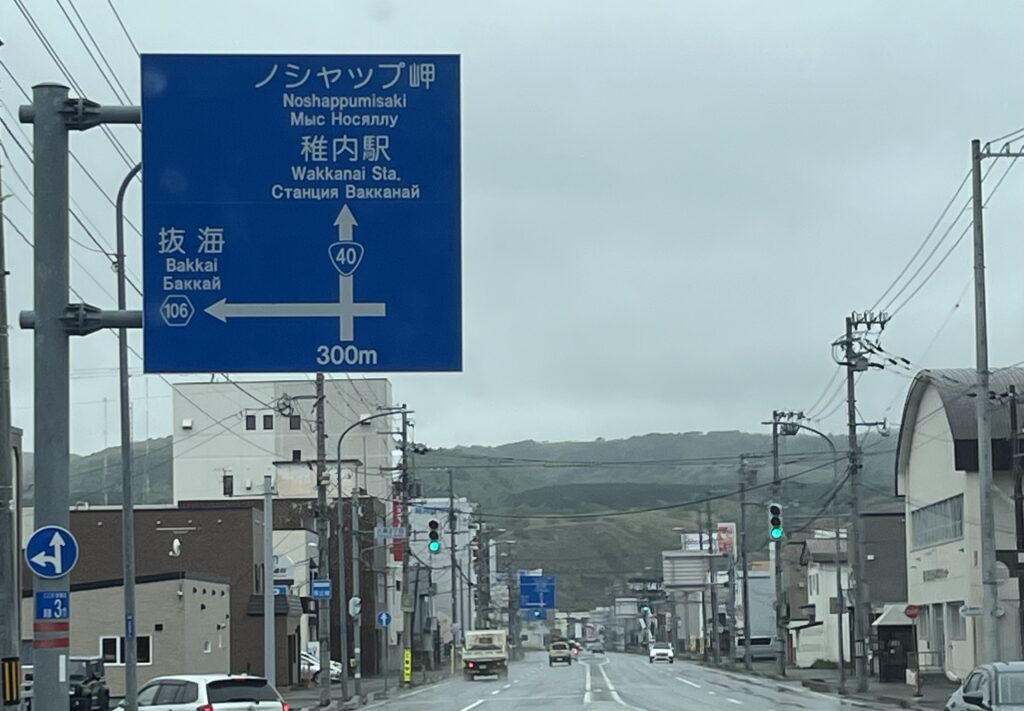
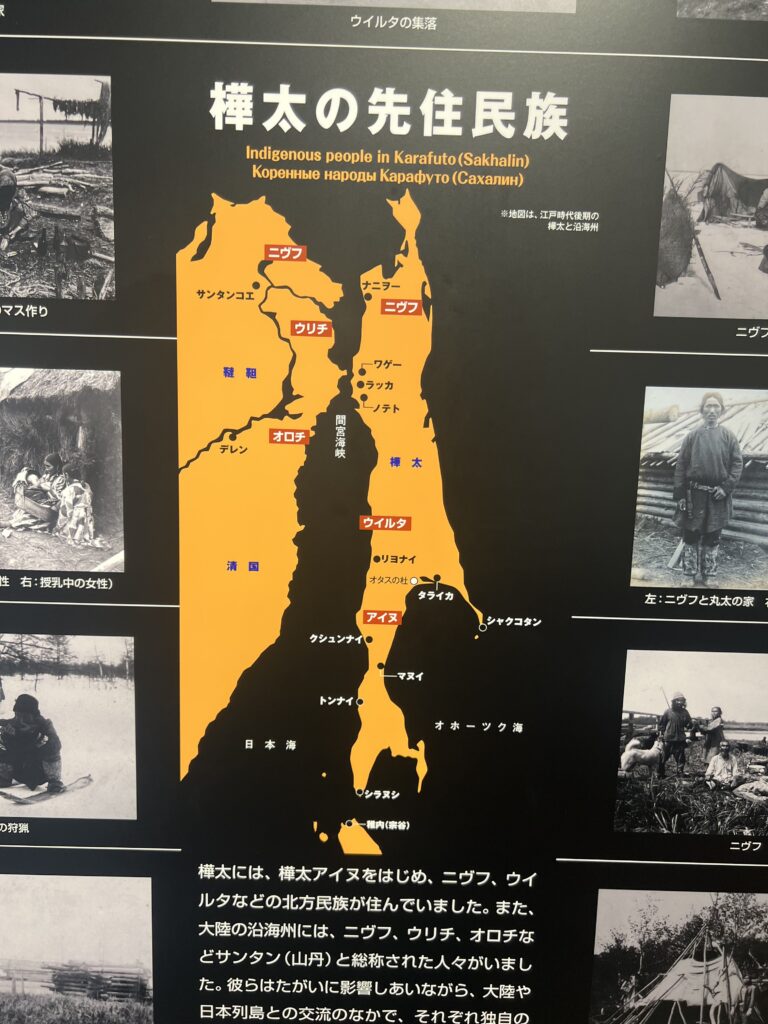
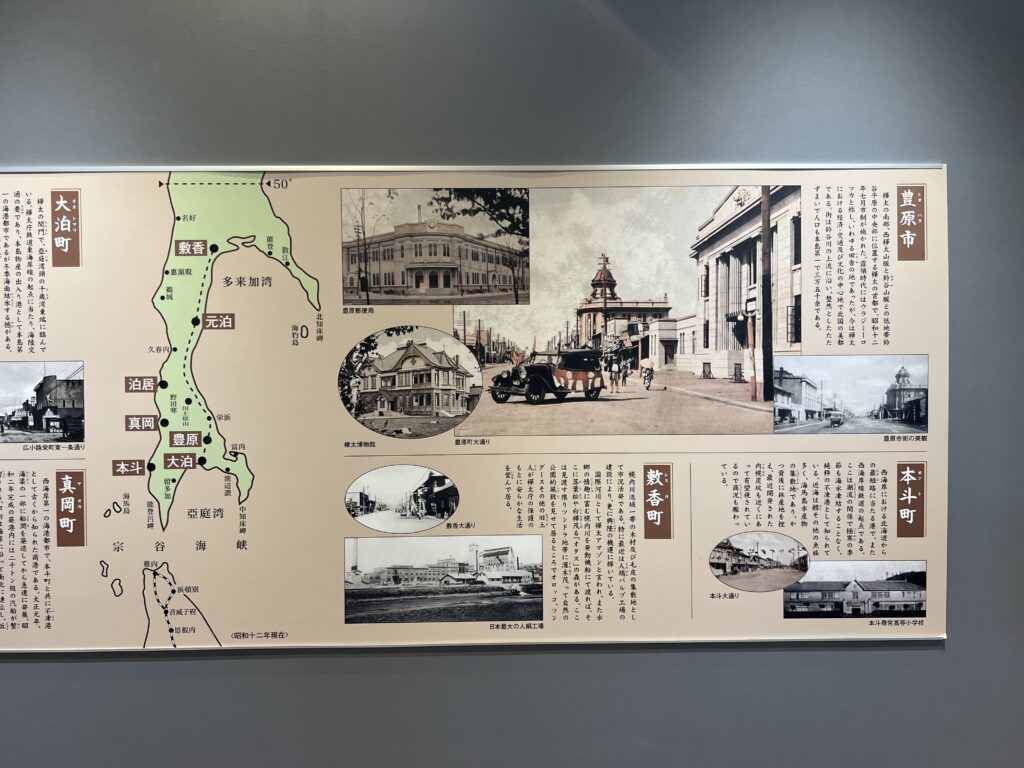
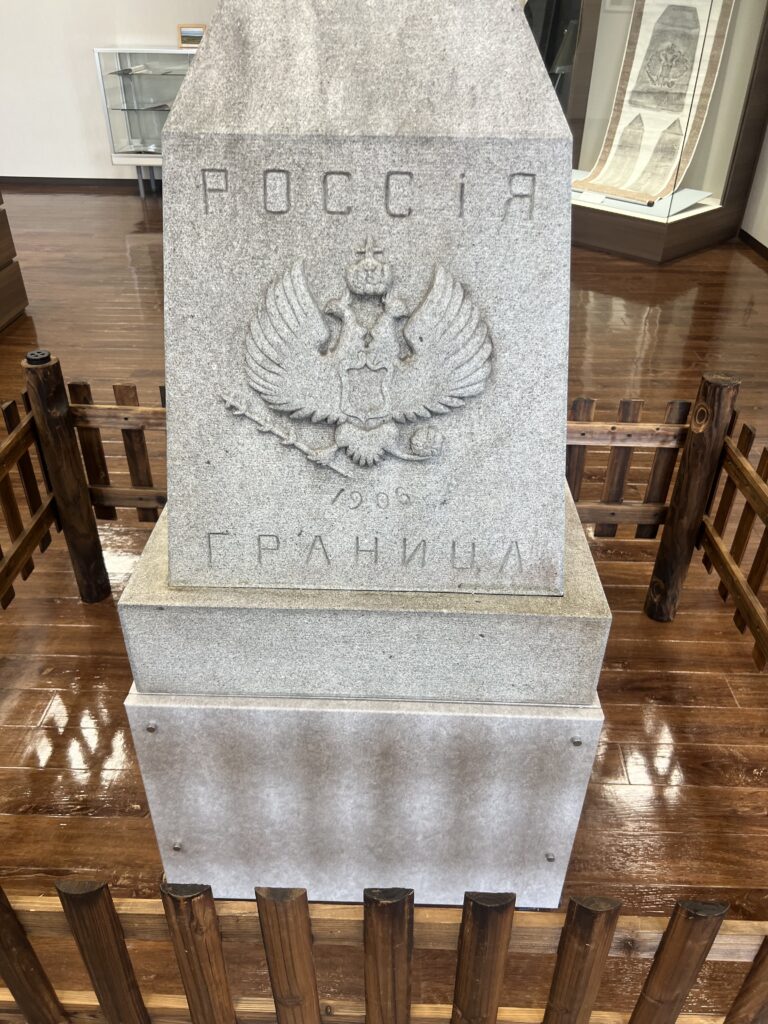
Wakkanai ( and the area near it ) really seemed much like northern Canada – the buildings, the remoteness, stronger indigenous influence (Ainu, in Japan), the climate ( often windy, misty) and just the overall feel of the place. It was interesting to see and feel just how extraordinarily different it is from the rest of Japan. Most folks think of Wakkanai as the northern limit of Hokkaido but that honor belongs to nearby Cape Soya, just to the east. Not a lot of note there – REALLY windy, colder and a few markers and obelisks to let you know you are at Japan’s northern tip – unlike Wasilla, Alaska ( home to Sarah Palin ), from Cape Soya, Russia really IS visible on a clear day 😂.
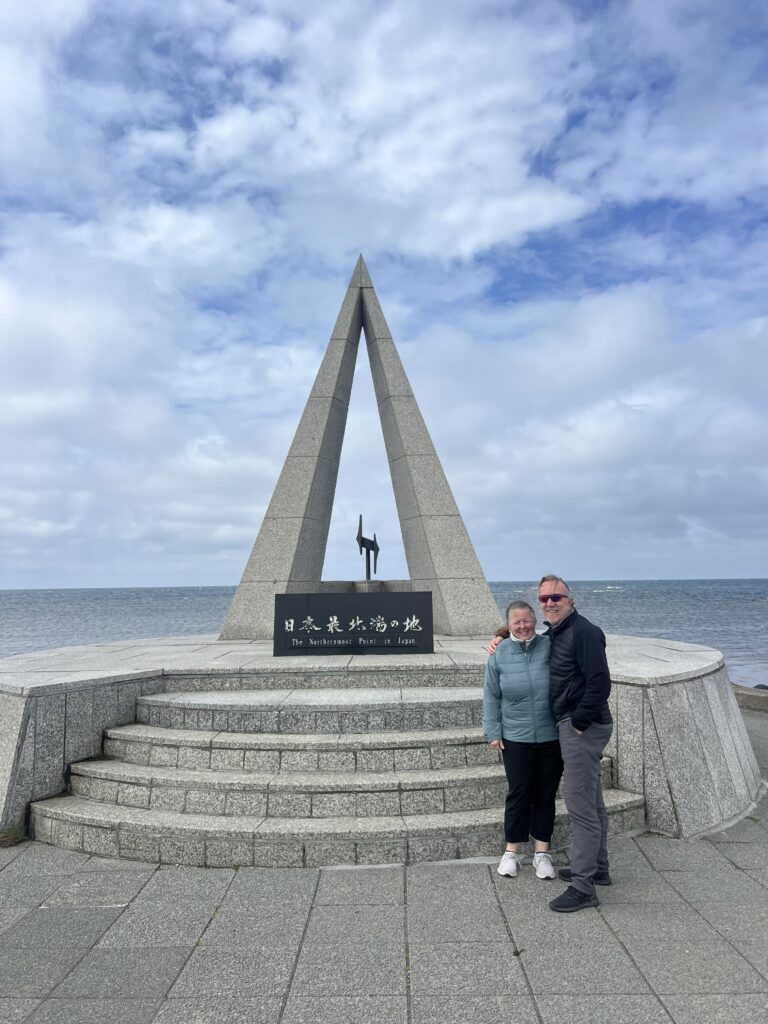
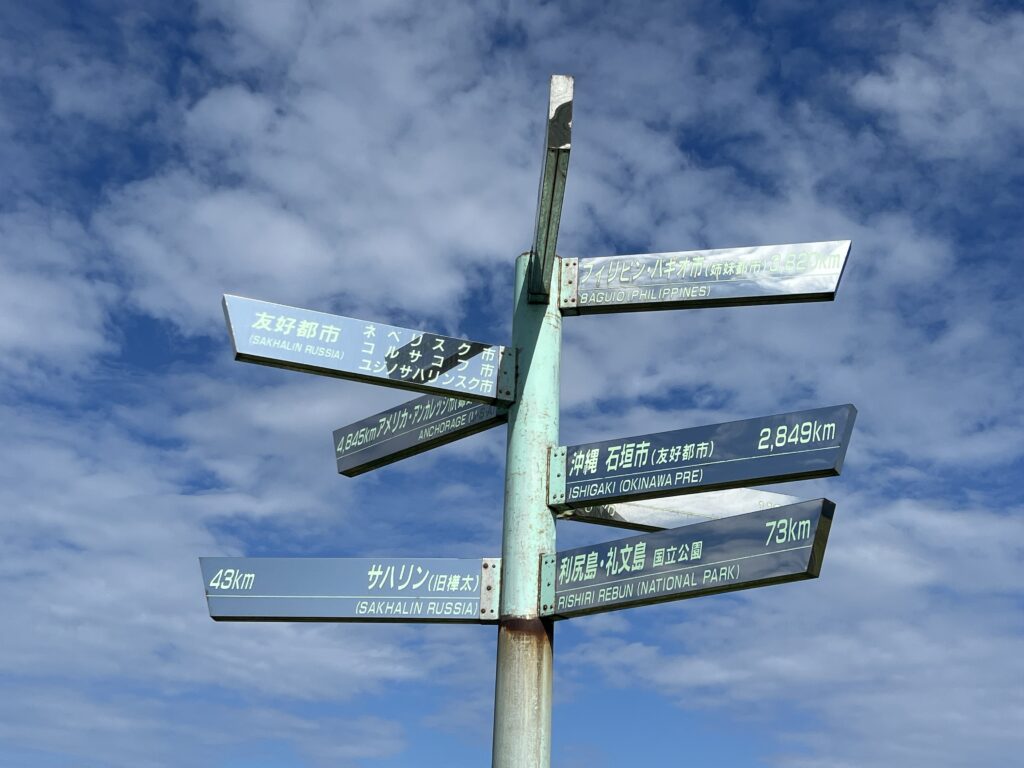
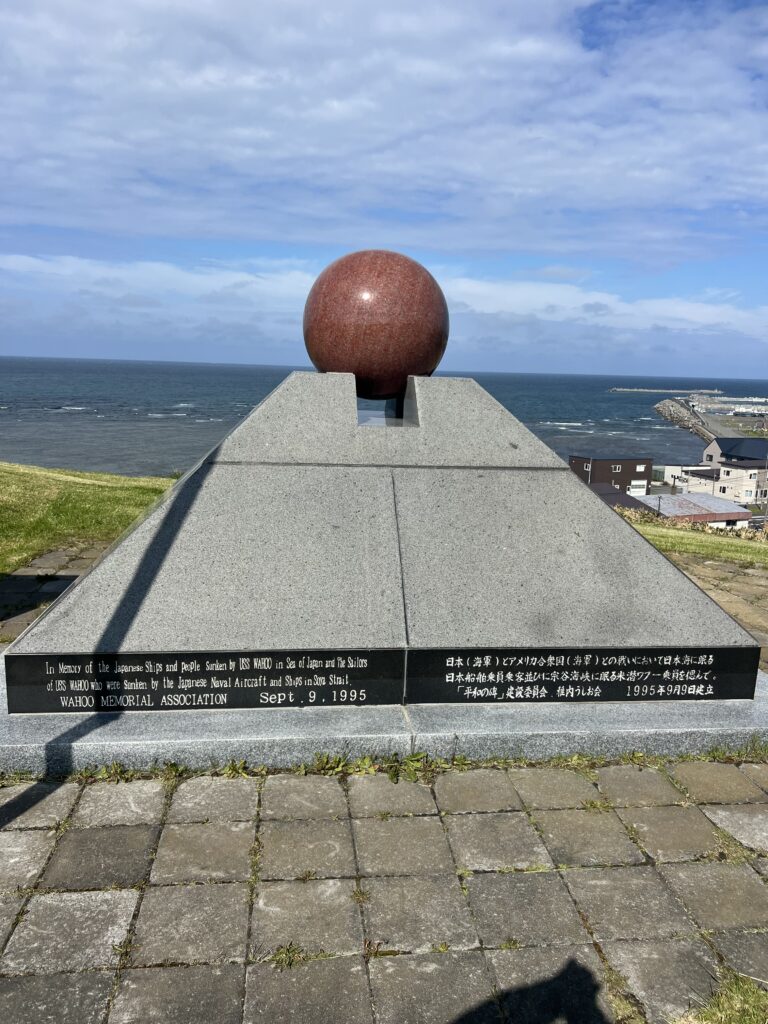
Southeast of Wakkanai and towards the centre of Hokkaido lies one of Hokkaido’s famous national parks- Daisetsuzan. Here our continued run of less than stellar weather limited some opportunities but we were able to traverse Sounkyo Gorge getting an excellent view of Ryusei and Ginga Falls and at least a short hike in before rain cut further plans short.
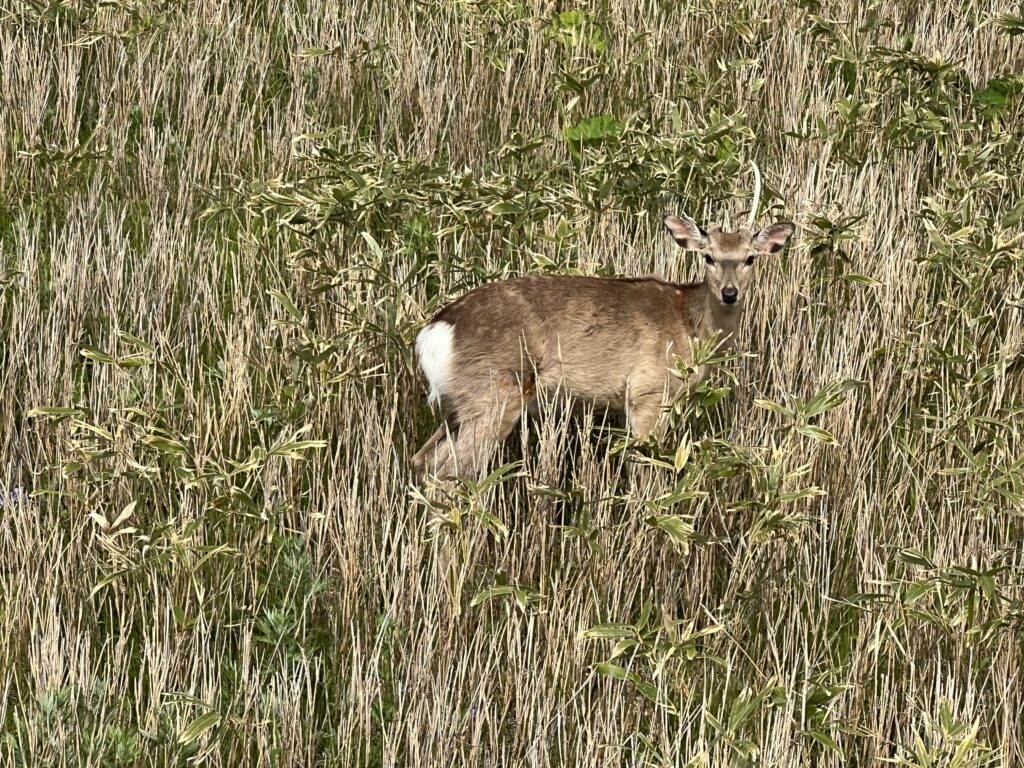
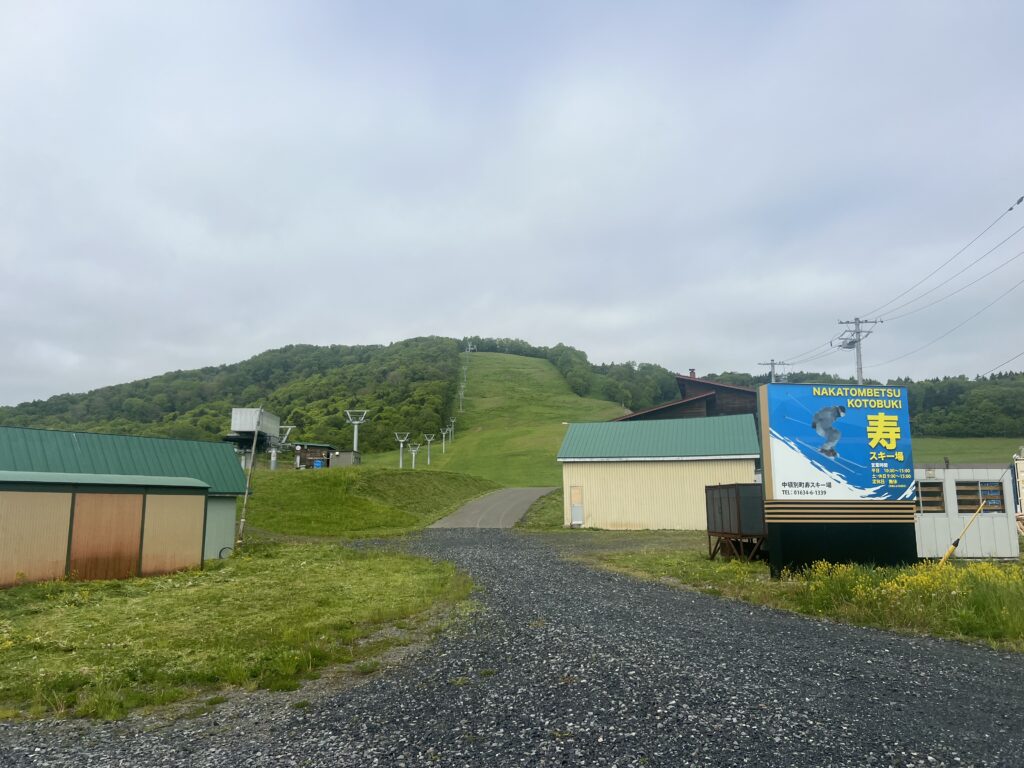
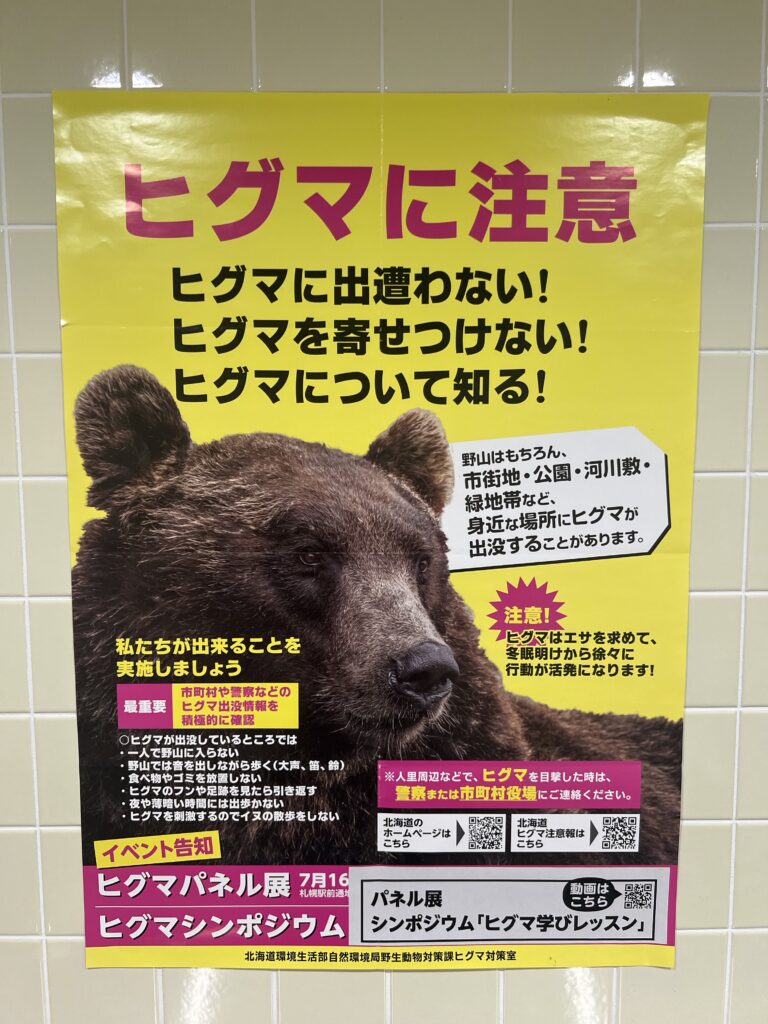
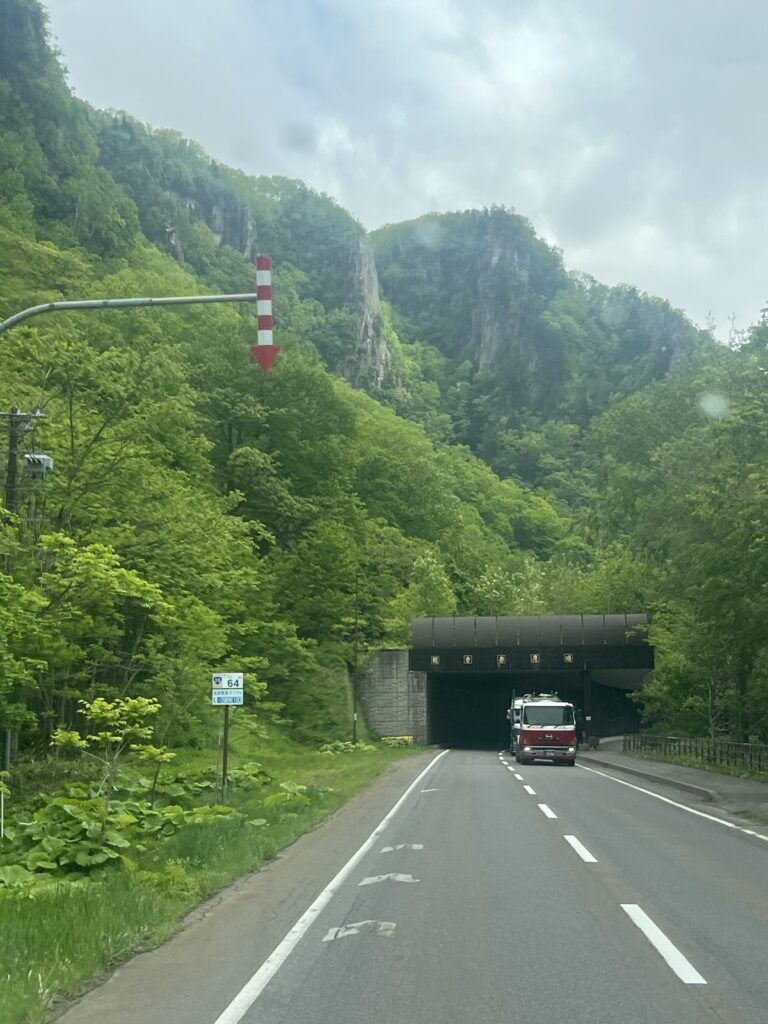
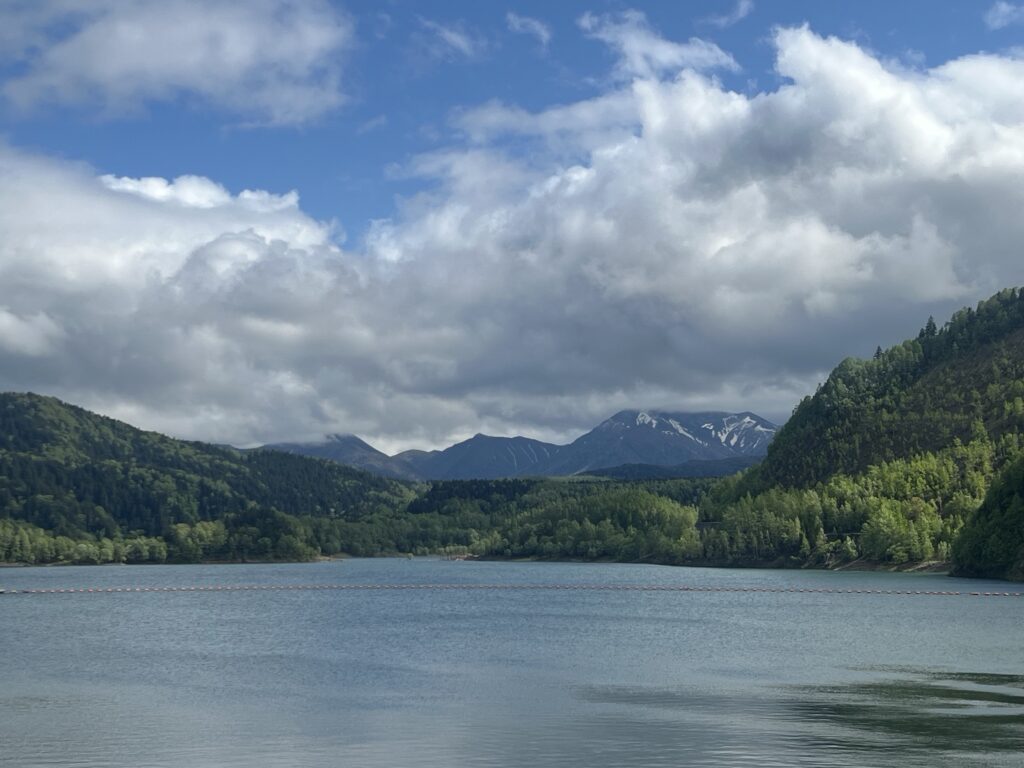
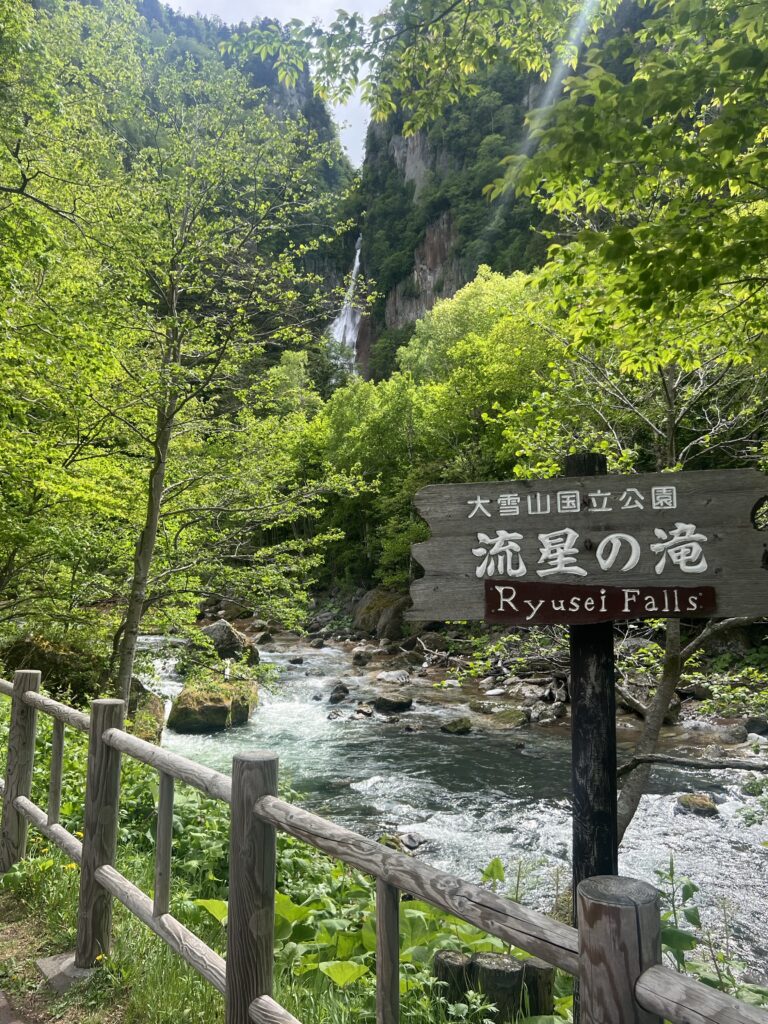
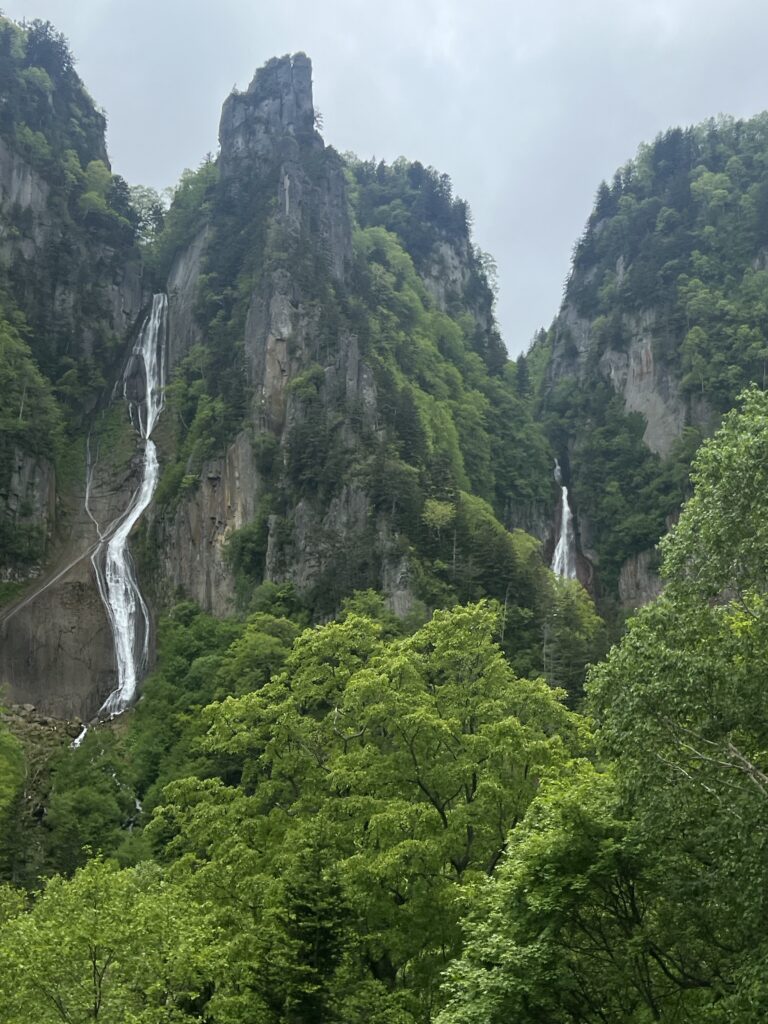
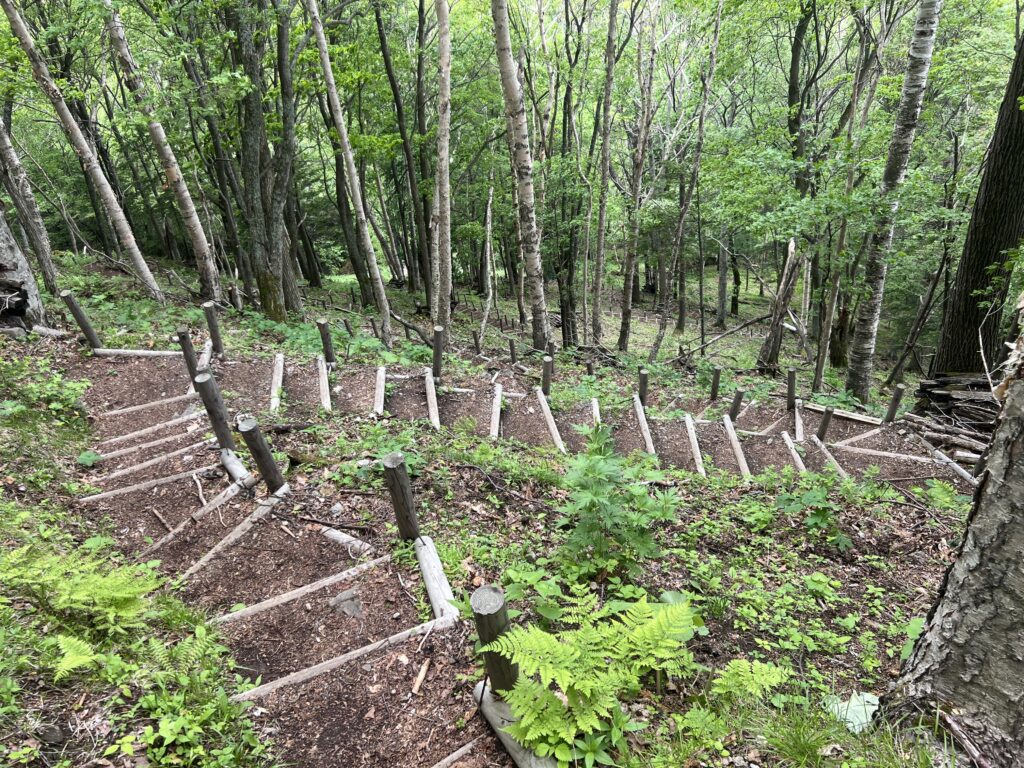
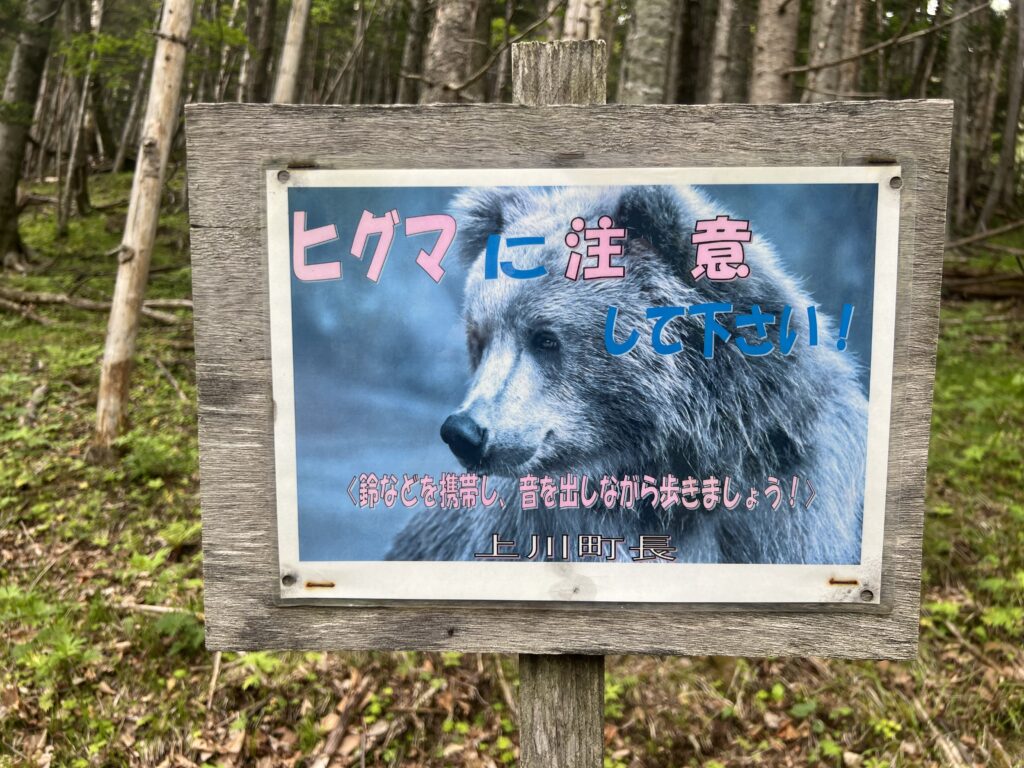
Back to the coast, on to Abashiri and then another detour inland over the scenic Bihoro Pass took us to one of the prettiest parts of Hokkaido so far – Lakes Kussharo and Mashu, in Akan National Park. The scenic roads, high passes, quaint towns, foot spas and natural outdoor onsens in this area kept us busy for the rest of the week. We’d been told about this part of Hokkaido and it did not disappoint!

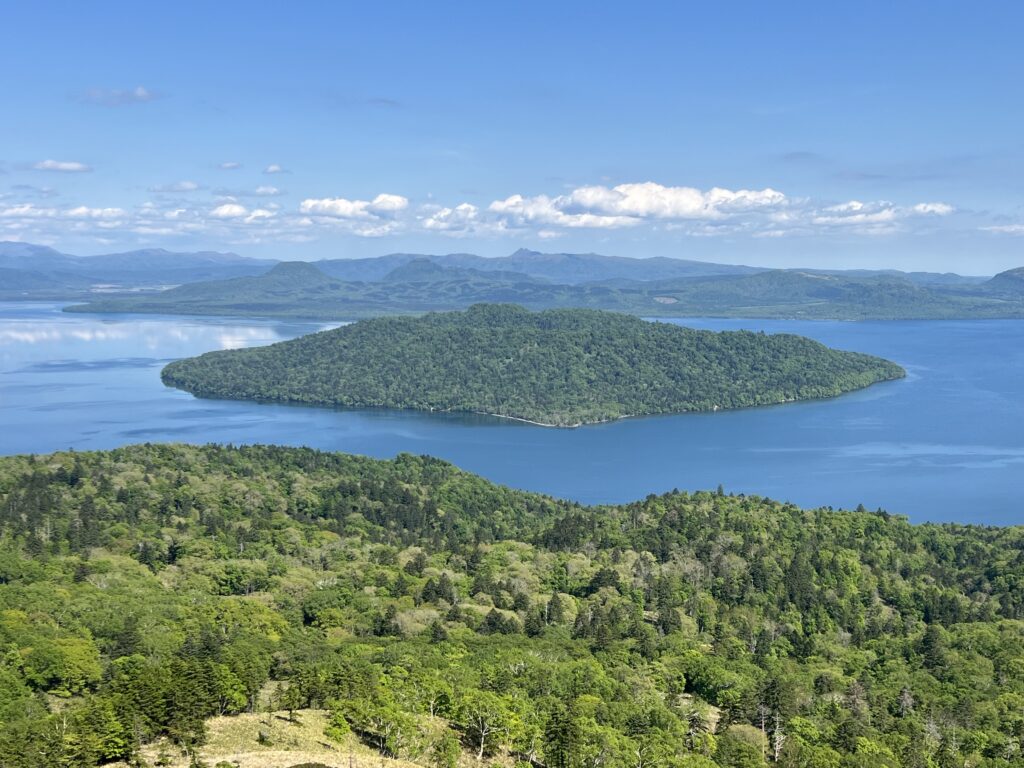
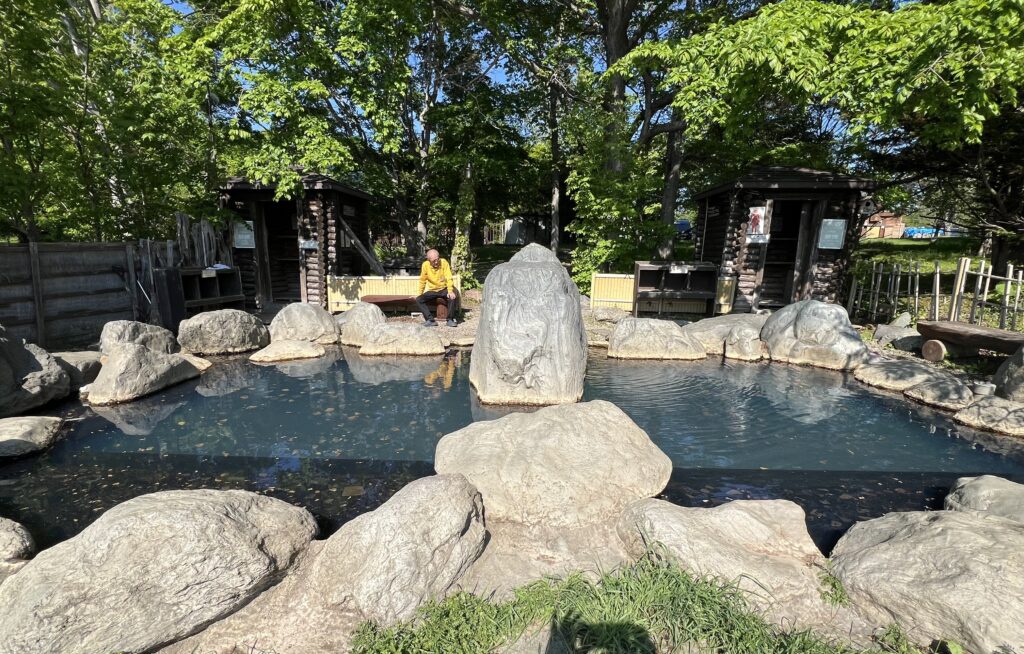
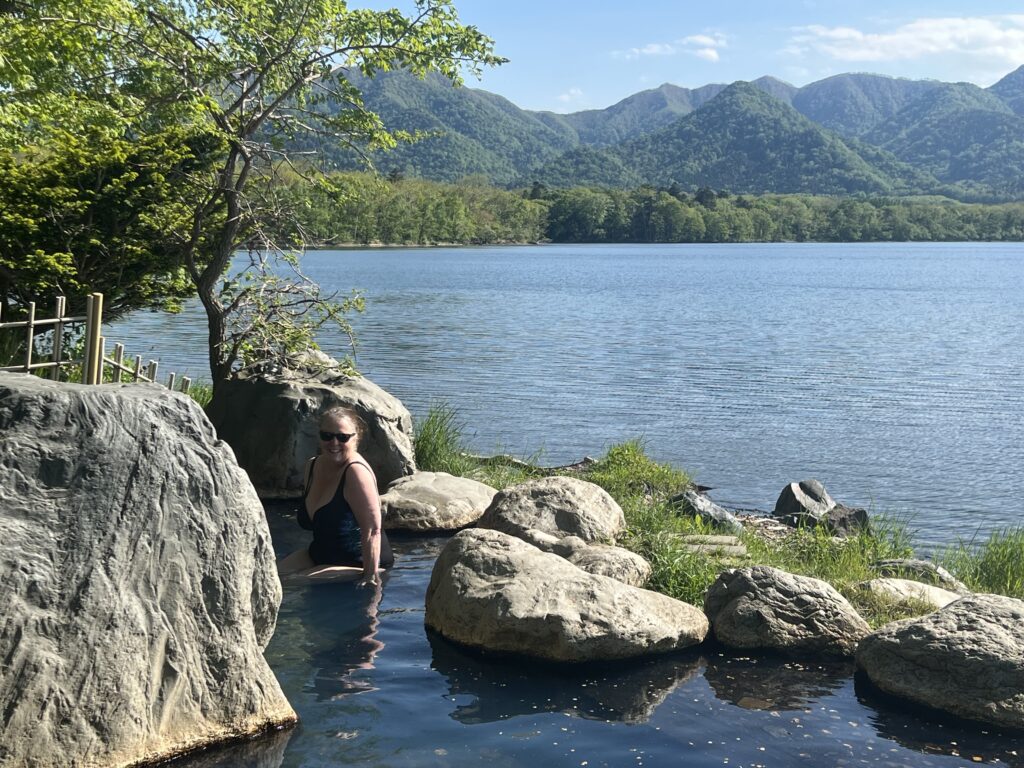
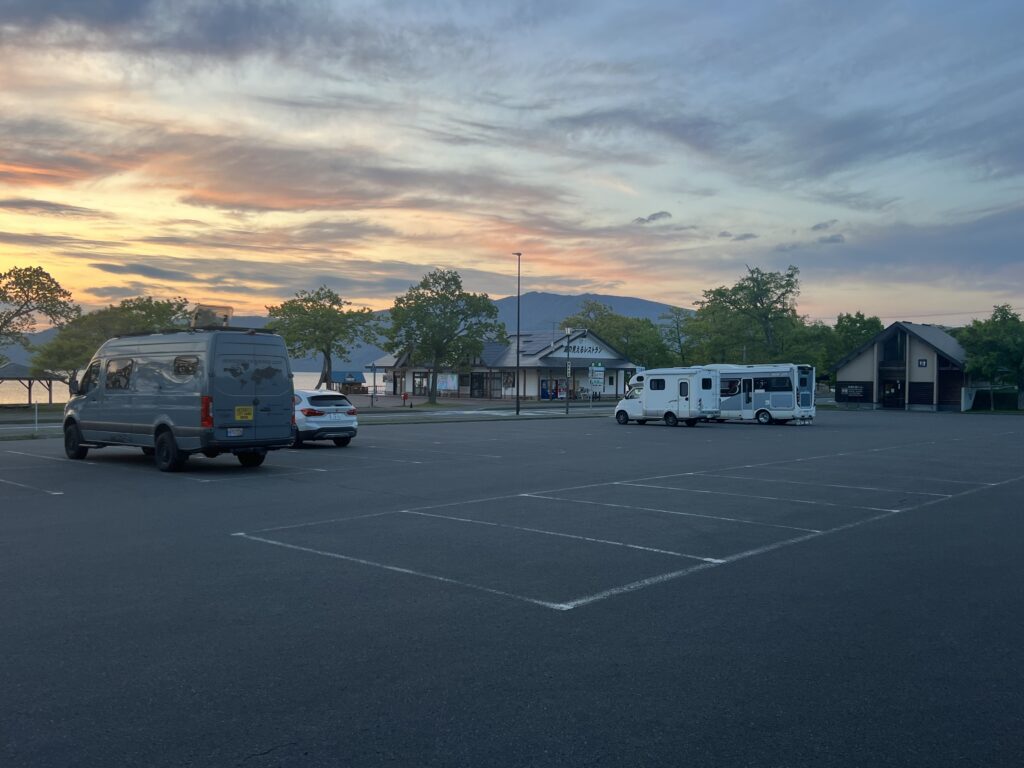
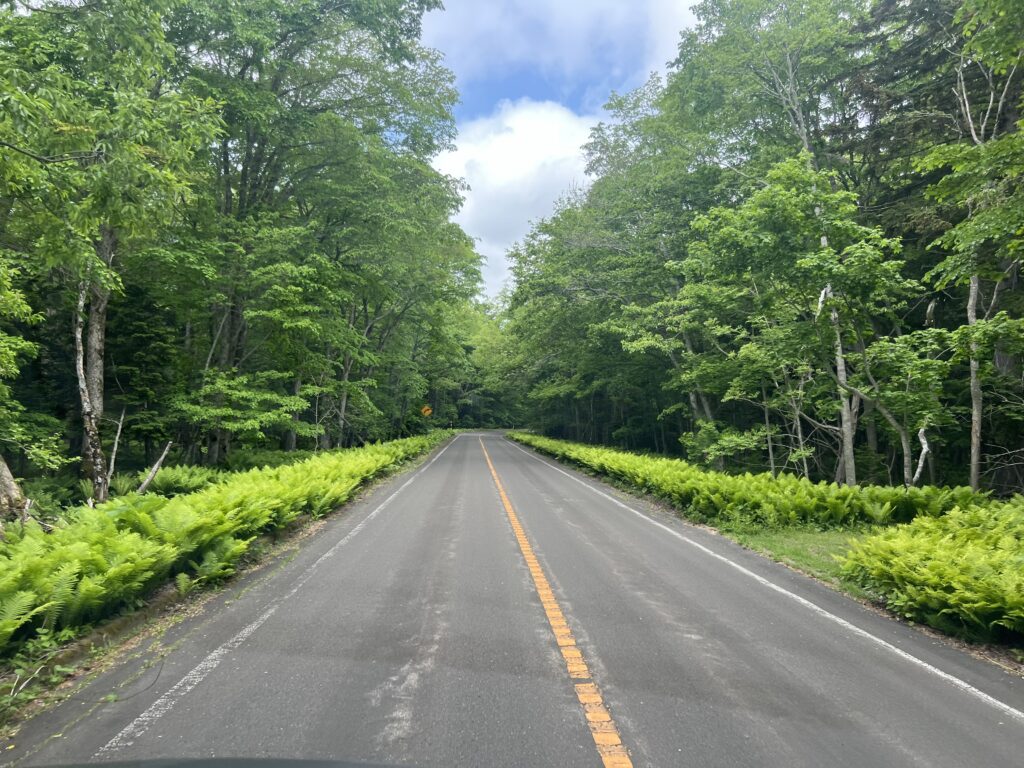
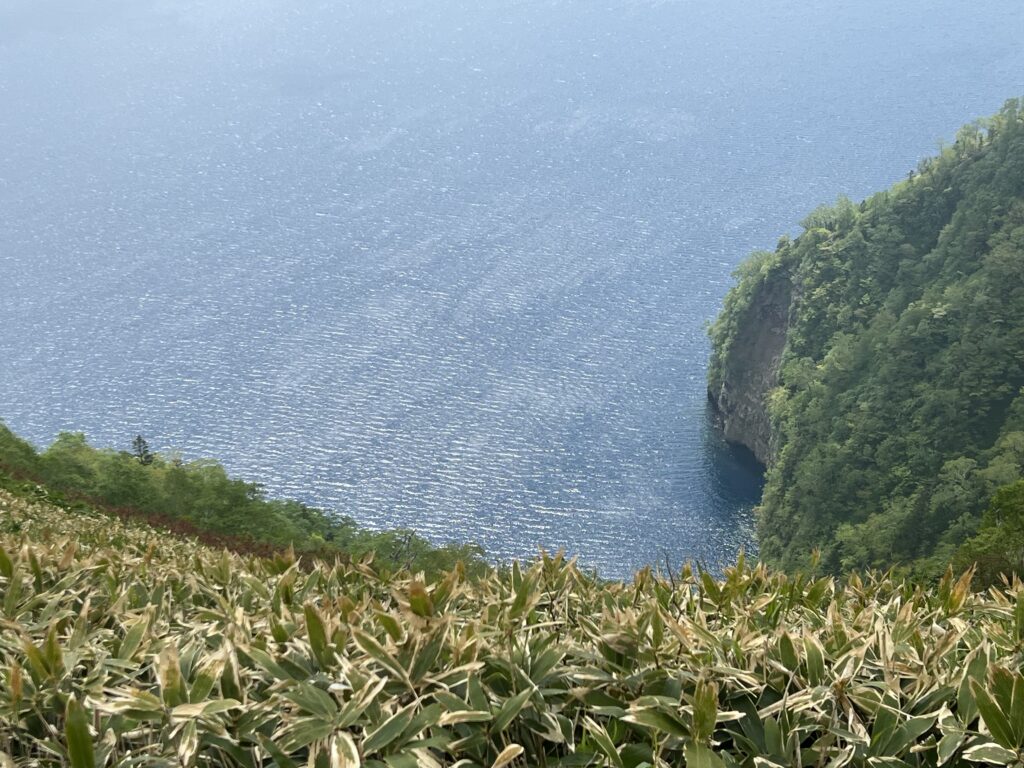
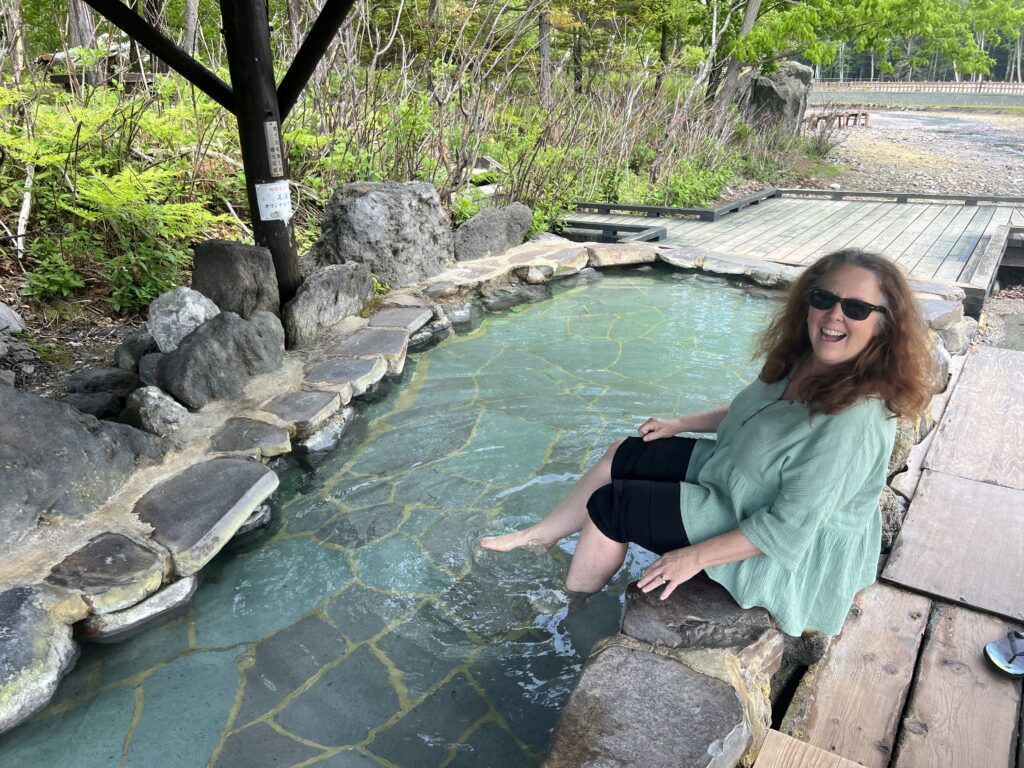
A video look at our recent travels in 90 seconds…..
Random Musings on Japan:
Into month 3 of our stay in this wonderful country and thought I’d add a few general musings – the good ( almost everything ), the bad ( just a couple on that list ) and the ugly ( actually, nothing THAT bad so far ! ).
It’s easy to talk about the travel stuff, it’s always fun, so it’s here this week as usual but beyond that here are just some quirky visitor observations to share. I talk often about the good stuff, so a few lines about the minor annoyances first.
So, What’s Challenging About Japan?
Getting rid of garbage ! There are no garbage cans ANYWHERE here. It’s surprising there isn’t litter everywhere ( well, there is some ) since it’s so hard to get rid of stuff- without exception, every day as soon as we wake up, we start thinking about where we will be able to dump the garbage that accumulated the day before. We have never had to do this before. Anywhere. Ever ! We just met some Dutch people travelling in a rental motorhome, and we have also met some Singaporeans, and before that some Taiwanese all in rented vans and they all ask us the same question – where do you get rid of your garbage? It’s actually hilarious because we all burst out laughing at how ridiculously difficult it is here. For an incredibly advanced country it is beyond belief that there is no formal “public” garbage collection system ( they do collect from businesses and residences – you just generally don’t see regular garbage cans on the street as you do in every other country). It’s actually hard to believe until you come here and experience just how difficult this is.
Dealing with officialdom/bureaucracy is another challenge – they can be incredibly strict and inflexible here. The failed visa extension request was but one example. Our issue last week in getting on a ferry involved a ferry worker telling me we were mere centimetres over a pricing threshold and would need to pay extra. We were not, and this had NEVER been an issue on any other ferry or RoRo vessel ( and we’ve been on many!), but no amount of moral/logic/previous ferry history/reasonability arguing was going to sway this guy – they can just wear you down. Needless, pointless, but that is officialdom here. You cannot fight it. I should have known better – it was not my first time 😔.
So that’s about it for daily travel gripes here – pretty minor, really, in the scheme of things.
What’s Amazing About Japan?
Here I could fill a book.
1. Camping – is so easy. Almost without exception you can find a safe, flat, clean spot to camp for the night with clean toilets, and water available. Invariably at a MichiNoEki (roadside station ), but at times elsewhere as well. Removes a key stress element from travelling. There are few countries in the world where it is this easy.
2. People – incredibly welcoming, curious, friendly and generous ( more so than almost anywhere else ). People can’t do enough to help you and the government has rolled out so many things to make travel easy for foreigners – here, no complaints at all ! First class all the way.
3. Value – the Japanese have slayed inflation and prices have largely not changed in years ( decades in some cases – we know, we lived here 35 years ago ). Why can’t we manage that in Canada ? Next to no inflation here. No housing crisis here. Seems to be no ( material ) homelessness issue either. They are certainly doing a lot right. Japan is now excellent value where it was once always expensive. Food (always delicious), alcohol, restaurants, fuel, sights, all very reasonable. Expensive no more. As a result, tourism is exploding here – easy to see why.
4. The Sights – beauty lies everywhere here and seldom do we look when driving that something pretty can’t be seen. Nice.
5. OK, I could add many more things but I simply can’t ignore the public toilets ( since, as travellers, we use them often ). It’s unbelievable how the Japanese manage to consistently deliver the most perfectly clean ( and I mean, pristine ! ) public toilets everywhere you go. They are everywhere, they are well stocked, they are often heated, always with soap, always with electric hand dryers and ALWAYS spotless. They play music for you, the seats are heated, and you have a bidet option. Never, ever, any graffiti. They are incredible. You just don’t see that attention to detail in most other places, yet it seems to be a matter of civic pride here. If you happen to go early in the morning you can rest assured that the two toilet rolls ( always two rolls ) will be full and ( quite often ) the first sheets will have folded corners just like in a fancy hotel – I kid you not ! Yes, in a public toilet…

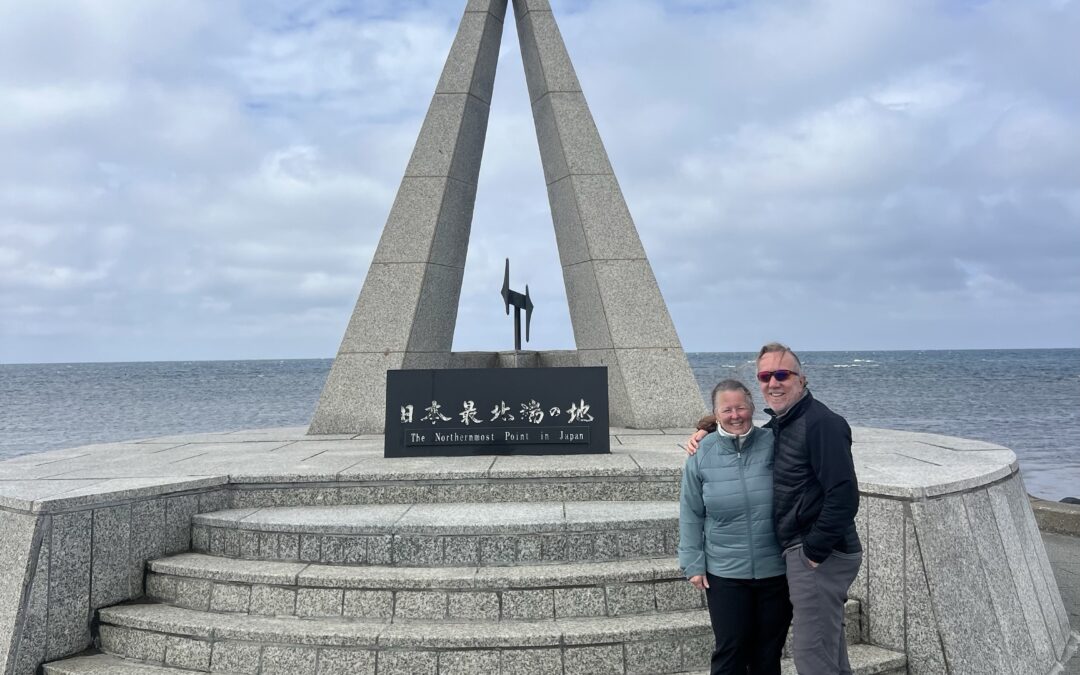
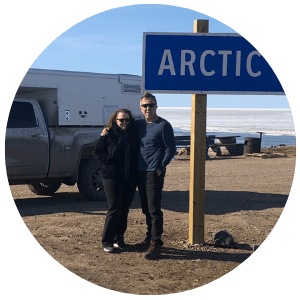
I am thoroughly enjoying your delightful travel diary…… Highlight of my Saturday morning! So, where do you dispose of your daily garbage?
Hi Merna,
Very happy to provide a little joy to your Saturday routine – it’s always fun to pull it together, too.
So, good question ! I’ll make a note to share some examples next week ( I’ve probably created a few other curious minds ! ).
Fascinating history with the Russia proximity. Sounds like you are getting similar weather as we are
Yes, to a WW2 history buff some of it really gets brought to life up in these parts. A bit more for you next week 😊. Re that weather, so we hear!
We are so enjoying your amazing blog and look forward to “journeying “ with you!!!!! Thanks so much. Greetings from your old neighbours
Don and Darlene
Good morning Darlene/Don,
So very nice to hear from you, glad you are enjoying the “journey”. Will catch up when we are back 😊.
So picturesque. Amazing scenery & no air pollution.
Hope you aren’t in ‘Bear Country’ From what we are hearing over here they are very bad & very hungry. Take Care
Yes, it has been much clearer in Japan whereas we always had a blue/dusty haze in South Korea. We have been in bear country ( and didn’t see any ), but yes, they are out there !